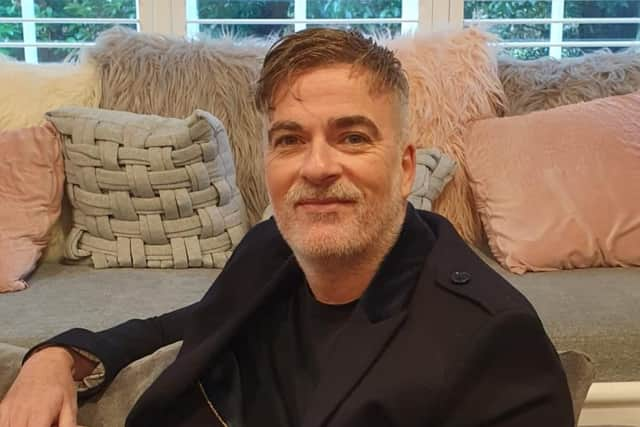One child’s story of resilience and renewed hope shows strength of care system - Joe Holmes
Joy had developed very damaging strategies including self-harm, suicide attempts and eating difficulties. Prior to her coming to live here we had a long chat and Joy expressed her hopes for the placement. These included leaving her past behind, to perhaps attend a “mainstream” school and to return to her parent’s care. She craved a “normal” life. Last week, Joy left us to return home and had achieved everything she set out to, including being over a year free from self-harm. Joy’s story is one of resilience and hope.
We think of resilience as an engineering term - how much stress material can take before it breaks. Joy showed incredible resilience, especially when we consider the real and debilitating stressors throughout her life. We know that stress can be buffered by supportive relationships. This is the core of care.
Advertisement
Hide AdAdvertisement
Hide AdAs I approach my 20-year anniversary of working with children and young people in care in Scotland, I reflect on the effort, energy, and commitment of all those who strive to help our children and the humbling strength shown by our most vulnerable. We know we need to be better and learn from past mistakes, but there is also much to recognise and celebrate. I know that given the right environment and the right people around them that children can recover and flourish in spite of the devastation of their early years.


As a practitioner, it sometimes helps to detach from the wider discourses and concentrate on the children in front of you. Our approach has always been simple, and that is to help the children and young people to manage their emotions better when they leave our care than when they arrived. Essentially, care givers calm emotion until children can do it by themselves.
Unfortunately, for a lot of children who end up in care that experience of being calmed and soothed by their care givers was either missing or inconsistent. Imagine being given a little tomato plant that had been neglected and wasn’t growing as it should, what would you do to help it? Give it the right environment and care, nurture it back to health and hopefully it will develop to its potential. Our role in care should be to try and replicate the conditions that children need – love, nurture, boundaries, routine, structure play and learning.
My English colleagues are often envious of the care infrastructure and culture that exists in Scotland, from the Children’s Hearing system to the Scottish Social Services Council (SSSC), the Scottish Institute for Residential Child Care (SIRCC), the Care Inspectorate and recently The Promise. Scotland is innovative and forward thinking, but most importantly it cares. I have found that the overwhelming majority of people working for and with children in care have a real desire and passion to help them.
Joy found an environment here that helped her stabilise and develop and was helped by child and adolescent mental health services (CAHMS), health teams and education. A real example of everyone working together to help a child. A child who recently wanted to die. A child who now has renewed hope for her future.
Joe Holmes, Registered Manager, The Red House, Young Foundations, member of the Scottish Children’s Services Coalition
Comments
Want to join the conversation? Please or to comment on this article.